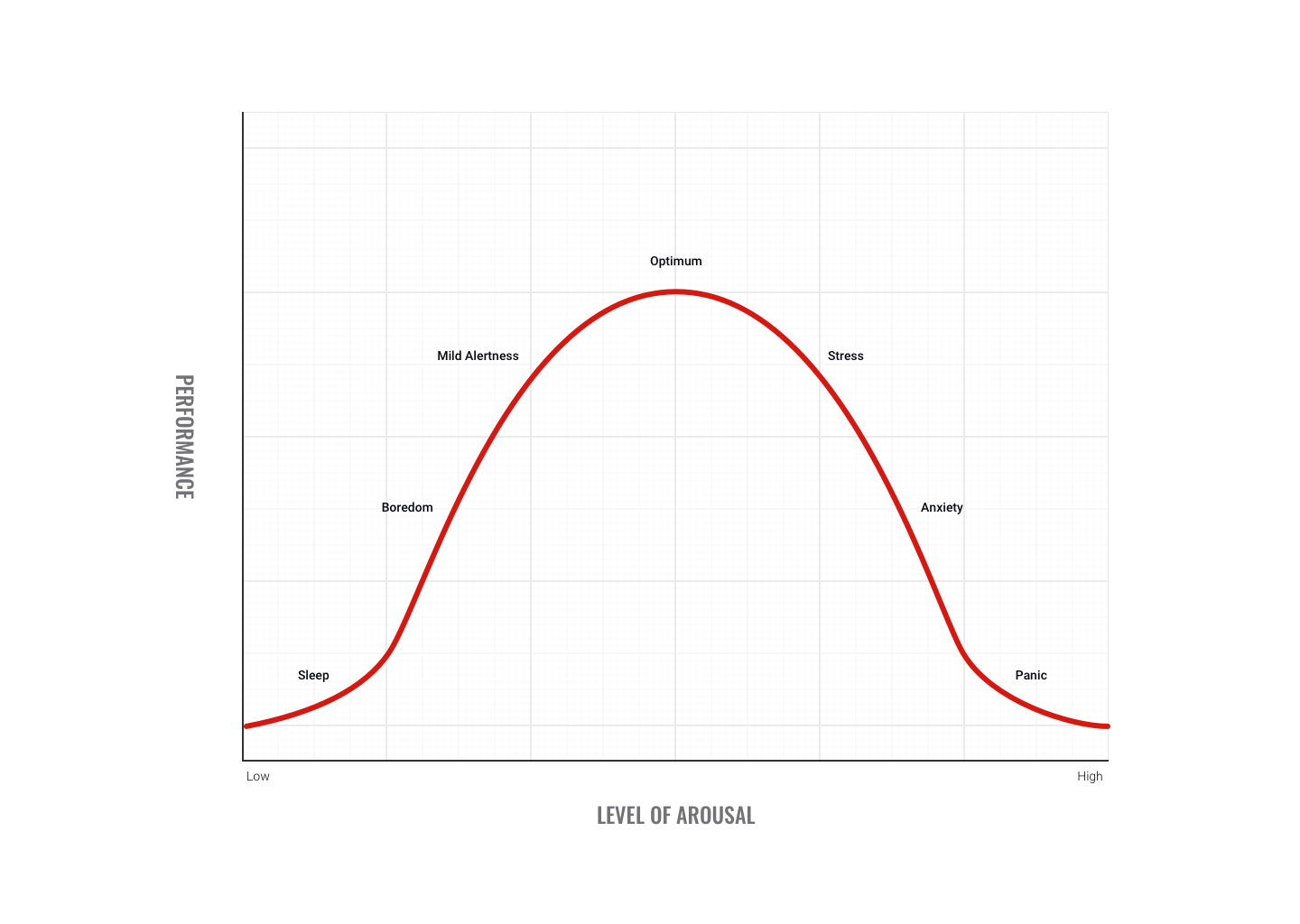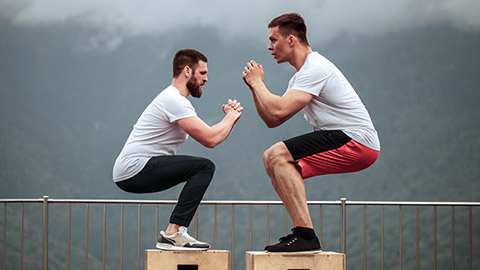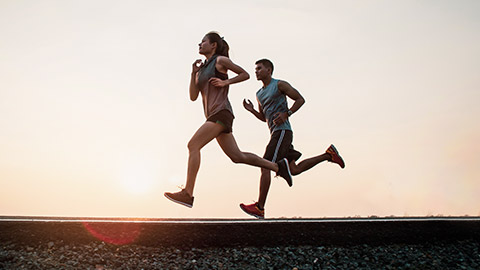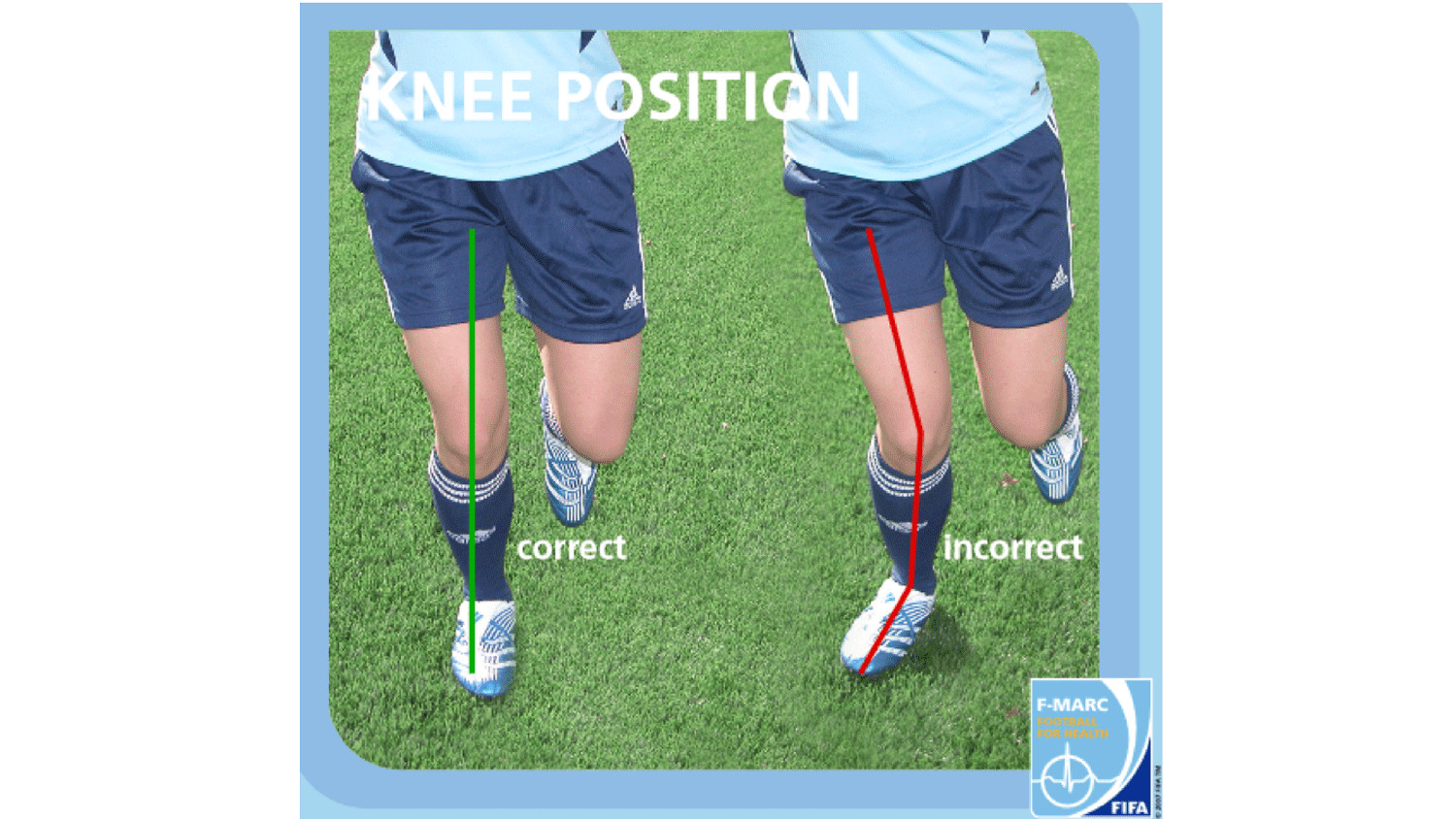In this topic, we focus on warm up and cool down procedures. You will learn about:
- warm up and cool down principles
- the psychological responses to warming up and cooling down
- implementing a practical warm up and cool down session
- prescribing a warm up and cool down session in a client’s program.
Terminology and vocabulary reference guide
As an allied health professional, you will need to be familiar with basic exercise principles and use the terms correctly (and confidently) with clients, your colleagues and other allied health professionals. You will be introduced to many terms and definitions. Add any unfamiliar terms to your own vocabulary reference guide.
Activities
There are several practical activities in the topic and an end of topic automated quiz. These are not part of your assessment but will provide practical experience that will help you in your work and help you prepare for your assessment.
Why warm-up? Warm ups prepare your body for aerobic activity by gradually ‘revving’ up the cardiovascular system to increase blood flow to muscles and raise the temperature of the body. Blood transports essential nutrients, gases and removes metabolic wastes as well as delivering heat to the skin for removal and maintaining the homeostasis (balance) of the internal environment of the body.
Let us look at the physical and psychological benefits.
Physical benefits
The key benefits of a warm up include increases in:
- body temperature
- muscle blood flow
- sensitivity of nerve receptors
- disassociation of oxygen from haemoglobin to myoglobin
- speed of nerve impulse transmissions
- flexibility and the body’s ability to move during exercise.
Warm ups help protect against injury because cold muscles with low blood flow are more susceptible to injury or damage. Muscle elasticity is dependent on muscle blood flow.
Causes of heat production in the body
As the name suggests, warm ups generate heat production in the body. The main causes of heat production include:
- friction through sliding filaments during muscular contraction
- an increase in fuels being metabolised
- dilation of intramuscular blood vessels through increased blood flow.
The following video will walk you through a field-based warm-up session for cross-fit athletes including drills such as the high knee karaoke, over the hurdle drill, knee to chest, figure four, lunge, lunge with torso twists, toe touches. Note that the exercises start working from a walking pace up to the intensity required for the exercise.
Psychological benefits
In addition to the physiological benefits of warm ups there are also psychological benefits. Warm ups:
- enhance mental preparation and readiness
- lower nerves and anxiety
- promote optimal performance
- prevent under or over stimulation (choke factor)
- consolidate routine.
Mental training
Mental fear can affect the brain and physical responses/activities. Watch how the US Navy Seals prepare their mental skills and control fear. As you watch, think how techniques to control fear can be applied to athletes.
The video identified arousal control as an important factor. Now, look at the following graph that plots performance against levels of arousal. Note where the optimum level of arousal and performance intersect and where factors such as boredom and stress impact performance.

The FIFA 11+ is an injury-prevention programme which uses warm up exercises and has been specifically designed to prevent football (soccer) injuries. The FIFA 11+ consists of 15 exercises divided into three separate components:
- Part 1: Running
- Part 2: Strength, plyometric and balance
- Part 3: Running
The programme takes 20 minutes to complete and is designed to be performed twice a week. No specific equipment is needed. As a fitness professional, consider the design of this program; the exercise selection, sets and reps, and order of exercises. In addition, consider the athletes this programme has been designed for. Can you see the relationship between the two? Let's look at each part in more detail.
Part 1: Running (eight minutes)

| Sequence | Description of exercise |
|---|---|
| 1 | Straight ahead |
| 2 | Circling a partner |
| 3 | Hip out |
| 4 | Shoulder contact |
| 5 | Hip in |
| 6 | Quick forwards and backwards |
Part 2: Strength – Plyometrics – Balance exercises – 15 minutes

There are three levels of intensity each with different exercises. The sequence continues from Part 1 and starts at number 7.
| Level 1 sequence | Level 2 sequence | Level 3 sequence |
|---|---|---|
| 7. Bench static | 7. Bench alternate legs | 7. Bench one leg lift and hold |
| 8. Sideways bench static | 8. Sideways bench raise and lower hip | 8. Sideways bench with leg lift |
| 9. Hamstrings beginner | 9. Hamstrings intermediate | 9. Hamstrings advanced |
| 10. Single leg stance/hold the ball | 10. Single leg stance/throwing ball with partner | 10. Single leg stance/test your partner |
| 11. Squats with toe raise | 11. Squats and walking lunges | 11. One leg squats |
| 12. Vertical jumps | 12. Lateral jumps | 12. Box jumps |
Part 3: Running – 15 minutes

| Sequence | Description |
|---|---|
| 13 | Running across the pitch |
| 14 | Bounding |
| 15 | Plant and cut |
Looking after the knees
As you can imagine, keeping the knee healthy is critical for these exercises (and for these athletes). The knee position must be correct. The following image from FIFA illustrates the correct knee position: knees in line with hips, ankles, and toes. Correct training posture will ensure the best possible injury for those joints involved in the activity.

For more information on the FIFA programme watch the 11+ warm up video.
Let us look at a comparison of injuries experienced by football (soccer) players who performed the FIFA 11+ programme compared to those who did not.
| % of injured players | 11+ exercises | Normal warm up | Injury reduction |
|---|---|---|---|
| All | 13.0% | 19.8% | -34% |
| Ankle injuries | 10.6% | 15.5% | -31% |
| Overuse injuries | 2.6% | 5,7% | -54% |
| Knee injuries | 3.1% | 5.6% | -27% |
| Severe injuries | 4.3% | 8.6% | -47% |
You can see that those who performed the FIFA 11+ exercise programme reduced their injury rates significantly.
With the knowledge gained from the information above, consider what you would advise when developing a warm up program for a semi-professional soccer team for their Part 1 Running exercises. Keep in mind training principles such as specificity, intensity, overload, and safety as well as the overall goals of the session. Keep in mind that it is of benefit to be clear as to why you have selected the exercises you have in the order you have chosen them to be performed, as humans we require context as to why we are doing the things we are doing, the same applies in training. This will enable your clients to understand the purpose of their session and what is expected of them when conducting the exercises. It will also aid in their confidence in you as a trainer and create not only rapport and confidence but further enhance your professional reputation and increase your chances to a more permanent role working with different clients.
There are three main types of warm-ups and cooldowns.
- Dynamic (movement based)
- Passive/static (passive, standing still)
- Proprioceptive neuromuscular facilitation (PNF)
Let's look at each type of warm-ups and cooldowns.
Dynamic (movement pattern based)
What is it?
Dynamic movement patterns involve moving parts of the body and gradually increasing the reach and range of the motion and speed of the movement and its intensity. It improves dynamic flexibility and should mostly be a part of your warm-up for an active or aerobic training session. Dynamic stretching consists of controlled leg and arm swings that take you (gently!) to the limits of your range of motion.
Structure
Duration 15-20 seconds with 10-14 repetitions x 2 sets x 8-10 dynamic warm up exercises.
Examples
Grapevine, exaggerated skipping, butt kicks, ski jumpers, lunge with twist, inchworms, RDL, zombie walks, crab walks, side to side, bounding, hopscotch, backwards running, dynamic lunges, bear crawls, drop squats, mobility climbers, calf pumps, trunk rotations, dynamic prone hold and jump squats. Watch the following video for more information on warm ups. Make sure the exercises you recommend to a client will help the client perform the workout exercises.
Static (passive based)
What is it?
Static stretching involves holding a position, regular stretching. That is, you stretch to the farthest point and hold the stretch. The aim of static stretching is to improve the musculoskeletal range of motion. Static stretching should only be done as either an individual session to improve range of motion or post-exercise with the goal of restoring the original range of motion.
Structure
Duration of each stretch should be between 30-120 seconds x 2-3 sets. Note – In order for static stretching to be effective, all stretches must be held for a minimum duration of 30 seconds to allow the musculoskeletal system to increase its range of motion.
Examples
Quadriceps, hamstrings, calves, glutes, pectorals, shoulders, triceps, lats/scapula, abdominals, and Illio tibial band (ITB). The following video will demonstrate a range of static stretches.
Proprioceptive neuromuscular facilitation (PNF)
What is it?
Proprioceptive neuromuscular facilitation (PNF) stretching is currently the fastest and most effective way known to increase static-passive flexibility and range of motion. It combines passive stretching and isometric stretching to achieve maximum static flexibility. PNF was initially developed as a method of rehabilitating stroke victims. PNF refers to any of several post-isometric relaxation stretching techniques in which a muscle group is passively stretched, then contracts isometrically against resistance while in the stretched position, and then is passively stretched again through the resulting increased range of motion.
Structure
Muscular tension 5-15 seconds, relax 2-3 seconds, and a passive stretch 20-30 seconds for sets of 2-3. In short, this is taking a muscle into the stretched position, holding it there, and applying some further resistance against the stretch for a few seconds (without actually moving the stretched limb). Relax the stretch whilst exhaling and then repeat a small number of times.
Examples
Performing a pec (chest) stretch with arm against a wall, stretching the pec and then pushing the arm against the wall, in turn, making the pec muscle contract whilst stretching at the same time. Hamstring, quadriceps/hip flexors, pectorals, and lats/scapula.
Watch the PNF stretching for your hamstring muscles to learn more.
As with the physiology of a warm up (gradually introducing the body to exercise or physical activity), the same physiology applies to the cool down at the end of a programme. It is equally as important to expose the body to a gradual reduction in exercising intensity.
Your body has increased its output to sustain the exercise regime with blood pumping around the body more rapidly, supported by the heart to allow functions such as breathing and muscular contraction to occur at an increased rate, not to mention the metabolic activity within the cells. These processes should be allowed to gradually decline to avoid risks such as blood pooling in the legs, which could cause fainting or vascular damage in the legs and worse case scenarios, cardiac issues.
Allowing these processes to gradually cool down is recommended especially after strenuous intense exercise before the exercise stops completely. In other words, they restore physiologic systems close to their baseline and are an important stage in recovery (lactate removal via oxidation).
Static stretching should be included to restore full range of motion.
Cool down structure
Follow these points to ensure the cool down is effective.
- Perform 5-10 minutes of light to moderate aerobic activity (30-40% Vo2max).
- Incorporate dynamic mobility stretches.
- Perform static stretches covering all muscles used from the activity.
- Hold all static stretches for a minimum of 30 seconds and perform 2-3 sets.
Stretching cold muscles does not increase flexibility and may also lead to or result in injury (therefore, defeating the purpose of stretching). Physiologically it is safer and more effective to stretch warm muscles. This is why stretching is a component of a warm up and cool down, while the body is at the optimal state for effective stretching.
Static stretches include calves, glutes, quads, hamstrings, abdominals, pectorals, and lats. Stretching, whilst being incredibly effective after any type of exercise, it is particularly effective and important after strength training, after putting tension into the muscles and across the joints and their structures therefor stretching out a suitable level of tension is required to ensure optimal functional recovery (this does not mean there will not be muscle soreness from training!).
We also need to stretch to:
- protect mobility and independence
- keep muscles flexible, strong and healthy
- maintain motion in the joints
- increase blood flow and reduce stiffness
- prevent injuries to the muscles which can lead to joint injuries.
Watch the following video for more information on the cool down. The video includes a mix of cardio and stretching and requires no equipment. You will learn that not all exercises are suitable for everyone and what you need to think about before you start a client on a cool down. For example, consider the flexibility, strength, and overall health of the client to decide if the exercises are suitable or not.
In this topic, we focused on warm-up and cool-down procedures. You learnt about:
- warm up and cool down principles
- the psychological responses to warming up and cooling down
- implementing a practical warm up and cool down session
- prescribing a warm up and cool down session in a client’s program.

